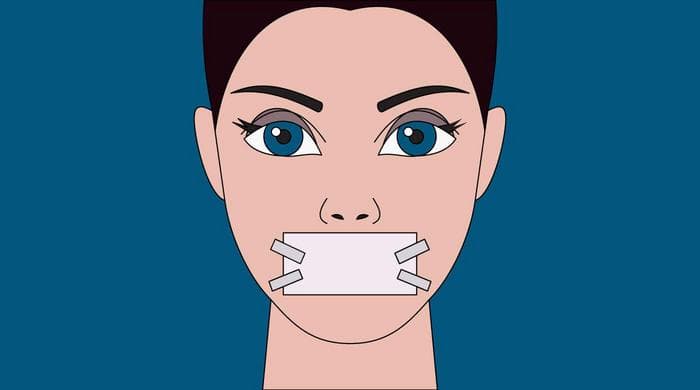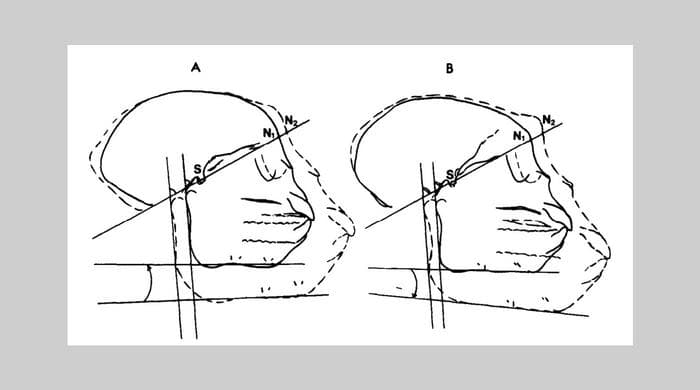Breathe through your nose

In normal circumstances, you shouldn’t breathe through your mouth.
Experiments have found that mouth breathing distorts the jaw and face, disrupts sleep and brain development. It can change the position of teeth, posture, and body height.12

Get used to breathing through your nose
Some specialists suggest starting by taping the mouth with adhesive tape, for example, during sleep or sports activities.3 You will have no choice but breathe through your nose. A similar effect is obtained with an anti-snoring strap.
Maintain a natural state: lips together, teeth apart, tongue pressed against the roof of the mouth without touching the teeth.
Get rid of snoring
Snoring is an issue of oxygen intake.
Try nasal dilator strips and any other anti-snoring remedies.
It’s better not to sleep on your back because the mandibular, tongue, and palate are pulled back, narrowing the throat, which also makes breathing difficult.
For more serious problems, medical assistance may be required.
Even habitual snoring is an indicator of a number of health problems in children, including poor physical growth, emotional and behavioral problems, neurocognitive impairment and decreased academic performance (Gelb, 2014)
Restore facial shape
Recovering nasal breathing rebuilds the airways, but the facial bones don’t always return to their correct state.
For correction of significant deformities, bracket systems, implants, and orthognathic surgery are used in medicine.
In some cases, performing myofunctional therapy and facial exercises is sufficient.
Breathe through your nose while exercising
Have you ever noticed how people breathe on a treadmill?
It’s almost always through the mouth.
Heavy physical exertion forces us to do so in order to inhale more air. To avoid this, the following may help:
- warm-up
- increase the load seamlessly
- reduce rhythm if necessary
When the body adapts to nasal breathing, you will be able to handle a fast pace more easily. Additionally, endurance will increase, and the strain on your heart will decrease.
There are contraindications. Consultation with specialist required.
-
Michael L. Gelb (2014) Airway Centric TMJ Philosophy, Journal of the California Dental Association, 42:8, 551-562, DOI: 10.1080/19424396.2014.12221401 ↩
-
Britta S. Tomer; Egil P. Harvold (1982). Primate experiments on mandibular growth direction. , 82(2), 0–119. doi:10.1016/0002-9416(82)90490-0 ↩
-
The Oxygen Advantage: Simple, Scientifically Proven Breathing Techniques to Help You Become Healthier, Slimmer, Faster, and Fit, Part 1, Patrick McKeown, William Morrow Paperbacks, 2016 ↩
Posted on
